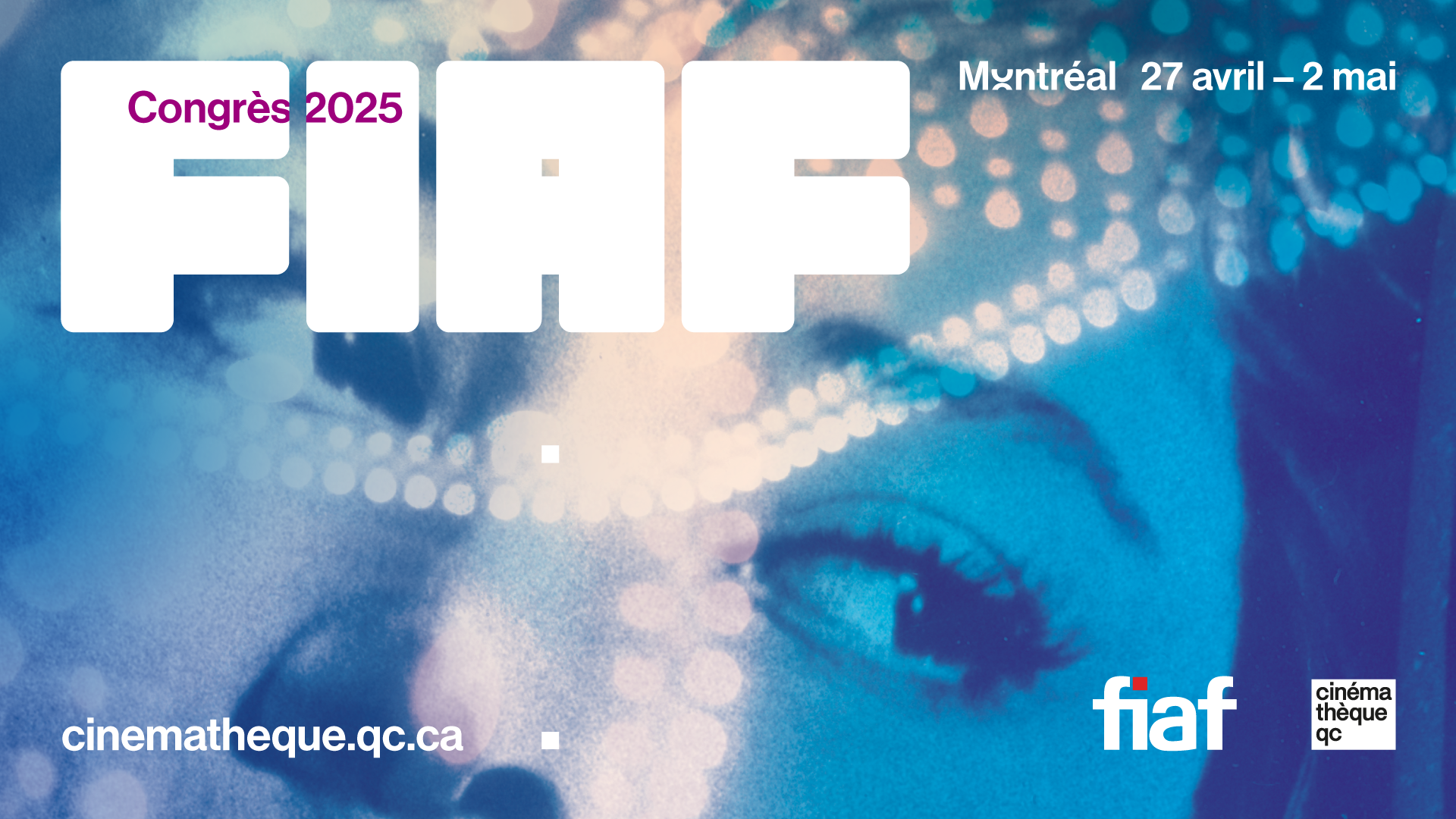Photo courtesy of the Cinémathèque québécoise
At the 2025 FIAF Congress in Montreal, conversations focused on artificial intelligence, ethical restoration, and the creative reuse of archival film. Darryll Magboo, Business Development lead for North America at Axiell, shared his top takeaways from this year’s event—highlighting trends that are shaping the future of film archives and moving image collection management.
1. Artificial Intelligence is Reshaping Film Archives
Artificial intelligence is transforming how cultural institutions manage film archive databases and moving image collections. At FIAF, the community explored both the potential and limitations of AI in film restoration, transcription, and classification.
AI technology can now:
- Transcribe thousands of hours of audiovisual content
- Reconstruct damaged film reels
- Enhance frame rates and apply colorization
However, these advancements raise critical questions about authenticity. When AI introduces frames that didn’t exist to smooth cuts, or incorrectly interprets colors or context, are we preserving history—or rewriting it?
In our work with the British Film Institute (BFI), we’ve seen firsthand how AI can accelerate access to broadcast archives at scale. But these tools also require oversight: AI can misidentify individuals, misinterpret context, or apply visual changes that distort the filmmaker’s intent.
The key takeaway: AI must be used thoughtfully to ensure cinematic truth and historical integrity remain intact.

2. Film Archives Beget Films: Breathing New Life Into Historical Footage
The Congress theme, Film Archives Beget Films, underscored a growing movement: treating archives not only as preservation tools but as creative engines.
Delegates explored how film archives can inspire:
- Contemporary filmmaking using historical footage
- Exhibitions that remix archival media for new audiences
- Programs that grant access to overlooked or underutilized collections
One standout example featured new works made entirely from Soviet-era footage, transforming dormant material into compelling new narratives. This process—what we might call cinematic upcycling—honors the original source while inviting reinterpretation.
For institutions, this approach offers new ways to engage audiences, activate dormant collections, and demonstrate the cultural value of their archives.

3. Reaffirming the Role of Cinephiles in Preservation
FIAF President Peter Bagrov opened the Congress by celebrating the role of cinephiles in sustaining global film heritage. This year’s programming returned to core values: a love of cinema, the influence of historic film on modern storytelling, and the evolving definition of what counts as a “complete” cinematic work.
Topics like posthumous cinema—the assembly of films from unfinished materials—sparked debates about what it means to finish or reimagine a film without its creator. Screenings of Canadian classics like Scanners and Maelström paid tribute to local cinematic legacies and reinforced the deep connection between audience passion and archival purpose.
Want to learn more?
Axiell provides integrated solutions for:
- Film archive database management
- Moving image collection software
- AI-driven metadata enrichment and transcription
Whether you’re digitizing decades of footage or transforming public access to your collections, our technology empowers institutions to manage, preserve, and activate their archives. Learn how Axiell supports the world’s leading film archives and media institutions.

Connect with Darryll Magboo, Business Development Representative




